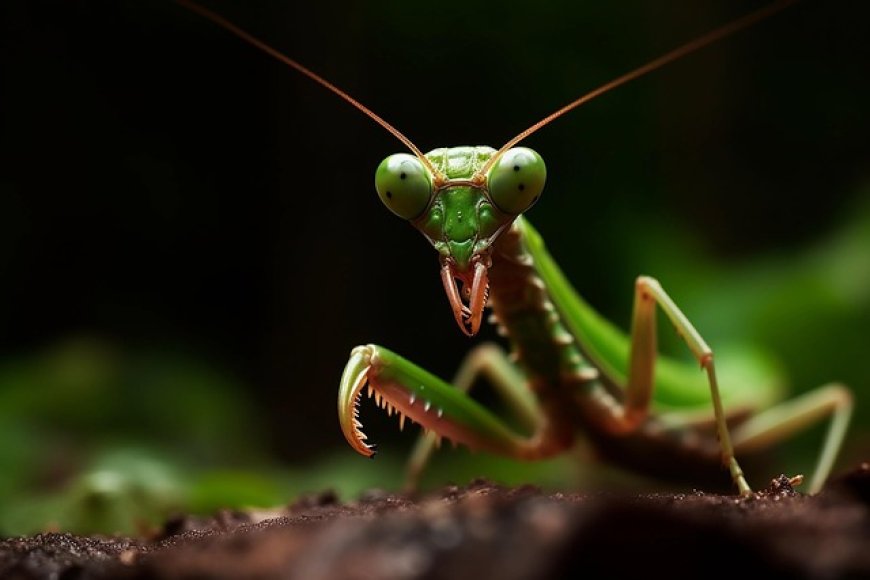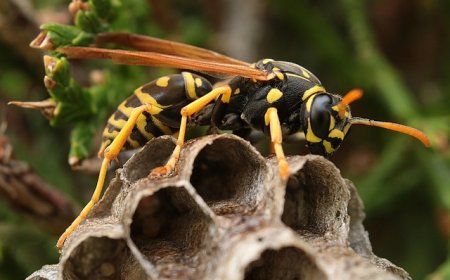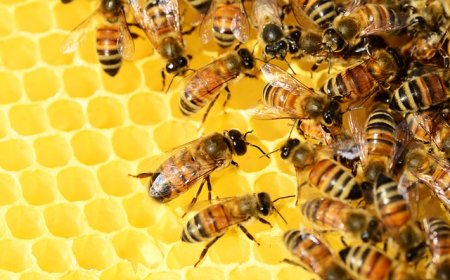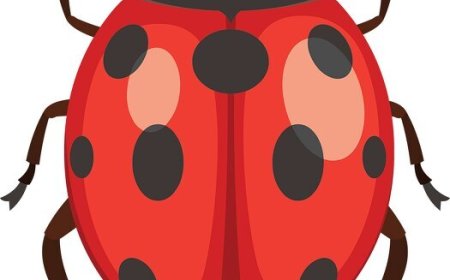List of Insects
organized list of insects, grouped by order and including examples from each group. This list highlights common, interesting, and important species that are great for learning about insect diversity.

🐞 1. Beetles (Order: Coleoptera)
Beetles have hard front wings (elytra) and are the largest order of insects, with over 400,000 species!
- Ladybug (Coccinellidae) – Eats garden pests like aphids.
- Hercules Beetle (Dynastes hercules) – One of the largest beetles in the world.
- Firefly (Lampyridae) – Produces light using bioluminescence.
- Dung Beetle (Scarabaeidae) – Rolls animal droppings to feed its young.
🦋 2. Butterflies and Moths (Order: Lepidoptera)
These insects have scaly wings and go through complete metamorphosis.
- Monarch Butterfly (Danaus plexippus) – Famous for its long migration.
- Atlas Moth (Attacus atlas) – One of the largest moths in the world.
- Cabbage White Butterfly (Pieris rapae) – Common in gardens and farms.
- Luna Moth (Actias luna) – A beautiful moth with lime-green wings.
🐜 3. Ants, Bees, and Wasps (Order: Hymenoptera)
Known for their complex social behavior, especially ants and bees.
- Honeybee (Apis mellifera) – Pollinates plants and produces honey.
- Carpenter Ant (Camponotus spp.) – Builds nests in wood.
- Paper Wasp (Polistes spp.) – Makes umbrella-shaped nests.
- Bullet Ant (Paraponera clavata) – Known for one of the most painful stings.
🦗 4. Grasshoppers, Crickets, and Katydids (Order: Orthoptera)
These insects have powerful hind legs for jumping and are known for chirping sounds.
- Field Cricket (Gryllus spp.) – Makes loud chirping by rubbing wings.
- Katydid (Tettigoniidae) – Green, leaf-like insect often heard at night.
- Desert Locust (Schistocerca gregaria) – Forms huge swarms and damages crops.
- Meadow Grasshopper (Chorthippus parallelus) – Common in fields and meadows.
5. Cockroaches and Termites (Order: Blattodea)
Cockroaches are fast and adaptable; termites are social and eat wood.
- American Cockroach (Periplaneta americana) – Common urban pest.
- German Cockroach (Blattella germanica) – Found in homes and kitchens.
- Subterranean Termite (Reticulitermes spp.) – Builds underground colonies and damages wood.
- Drywood Termite (Cryptotermes spp.) – Lives inside dry wood structures.
🦟 6. Flies and Mosquitoes (Order: Diptera)
These insects have one pair of wings and include both pollinators and pests.
- Housefly (Musca domestica) – Common worldwide; spreads germs.
- Mosquito (Aedes, Anopheles) – Some spread diseases like malaria and dengue.
- Fruit Fly (Drosophila melanogaster) – Used in science experiments.
- Hoverfly (Syrphidae) – Looks like a bee but is harmless and helps pollination.
🐞 7. True Bugs (Order: Hemiptera)
They have piercing-sucking mouthparts and include both pests and helpful species.
- Aphid (Aphidoidea) – Small sap-sucking insect often farmed by ants.
- Stink Bug (Pentatomidae) – Produces a strong odor when threatened.
- Cicada (Cicadidae) – Known for loud buzzing and emerging after years underground.
- Water Strider (Gerridae) – Walks on water using surface tension.
🐝 8. Dragonflies and Damselflies (Order: Odonata)
These insects have large eyes, two pairs of wings, and are excellent fliers.
- Common Green Darner (Anax junius) – One of the fastest flying insects.
- Blue Dasher (Pachydiplax longipennis) – A common North American dragonfly.
- Ebony Jewelwing (Calopteryx maculata) – A shiny damselfly often found near streams.
🐞 9. Earwigs (Order: Dermaptera)
Recognized by pincers on their abdomen; most are harmless.
- Common Earwig (Forficula auricularia) – Active at night; not dangerous.
🐝 10. Praying Mantises (Order: Mantodea)
These insects are ambush predators, famous for their "prayer-like" pose.
- Chinese Mantis (Tenodera sinensis) – Large mantis found in gardens.
- European Mantis (Mantis religiosa) – Often green and well camouflaged.




















































